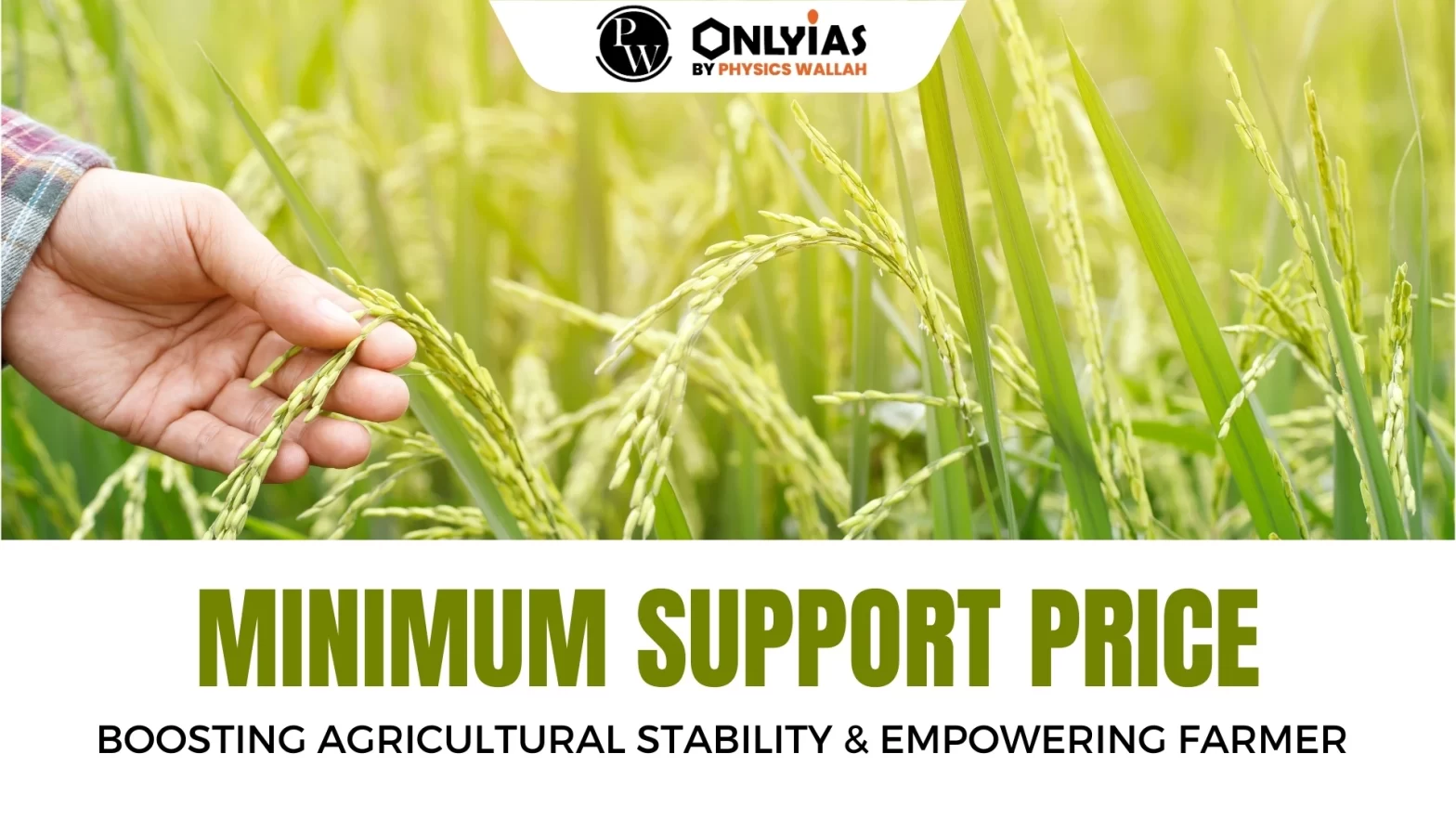![]() PWOnlyIAS
PWOnlyIAS
![]() October 25, 2023 03:20
October 25, 2023 03:20
![]() 1617
1617
![]() 0
0
Context: The Union Cabinet chaired by the Prime Minister has approved an increase in the minimum support prices Minimum Support Price for all mandated rabi crops for the 2024-25 marketing season.

Also Read: Cabinet Raises MSP for Six Rabi Crops for Marketing Season 2024-25
CACP:
CCEA:
|
About Fair and remunerative price (FRP):
|
|---|
Must Read Article on MSP: Minimum Support Price (MSP)
<div class="new-fform">
</div>

Latest Comments